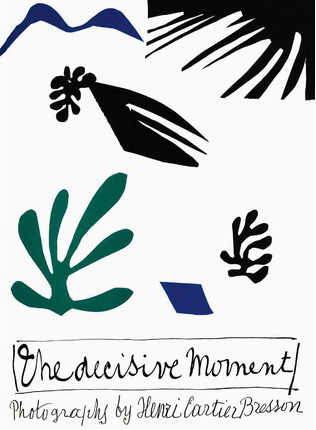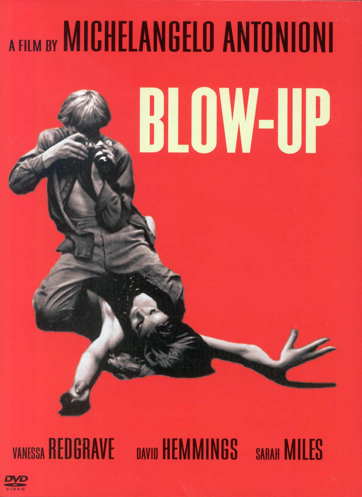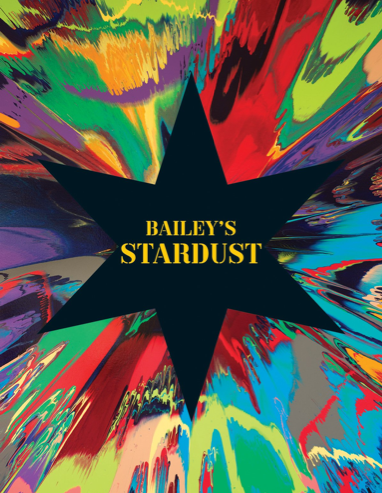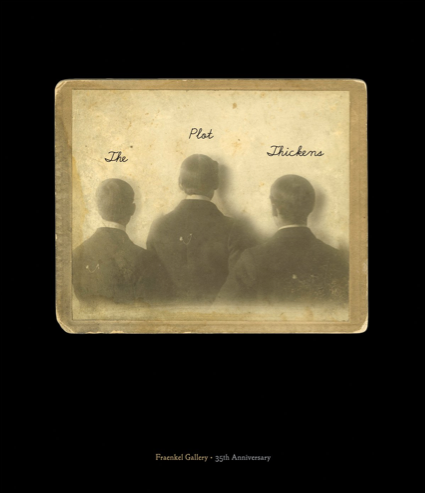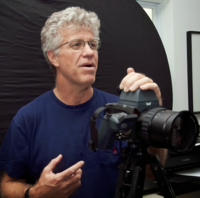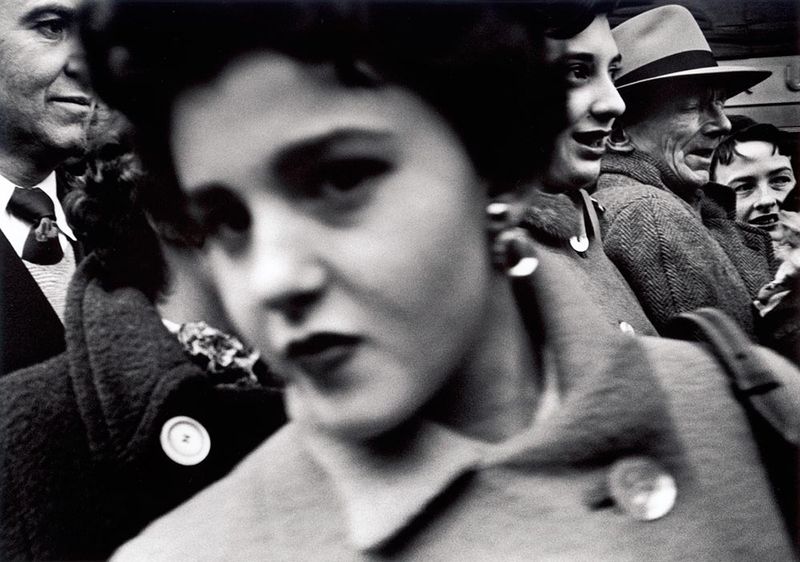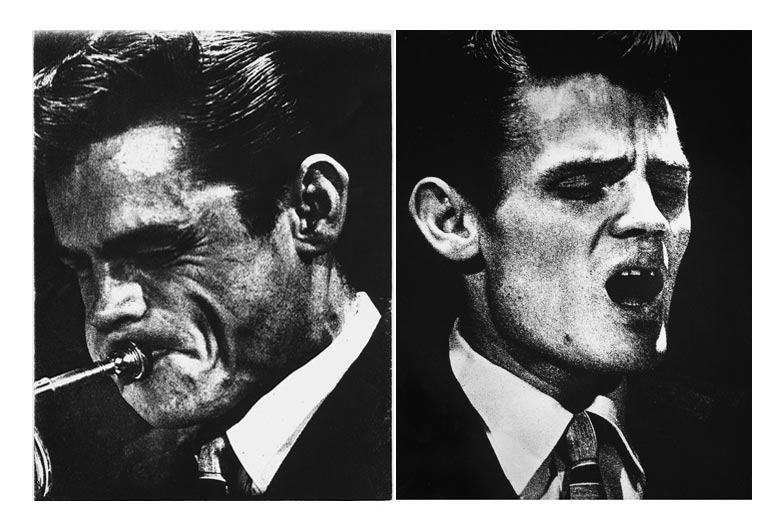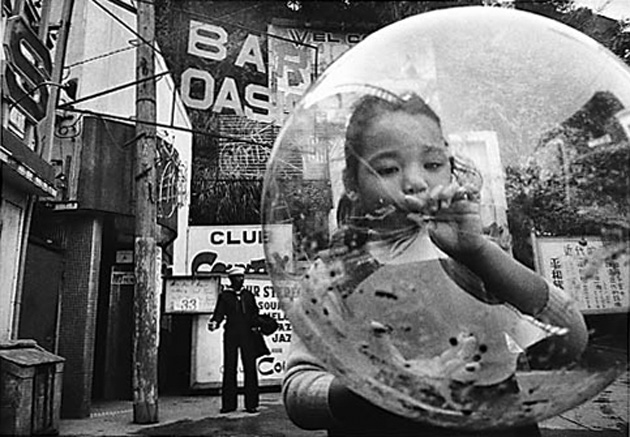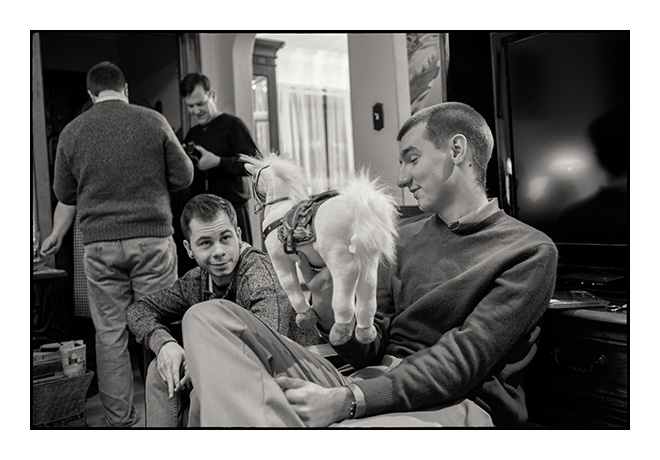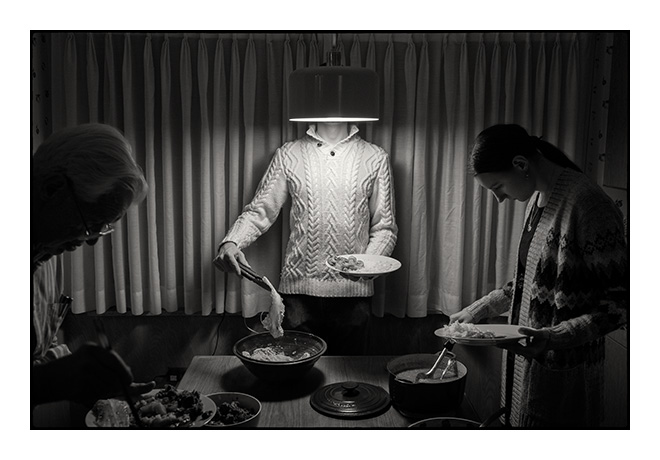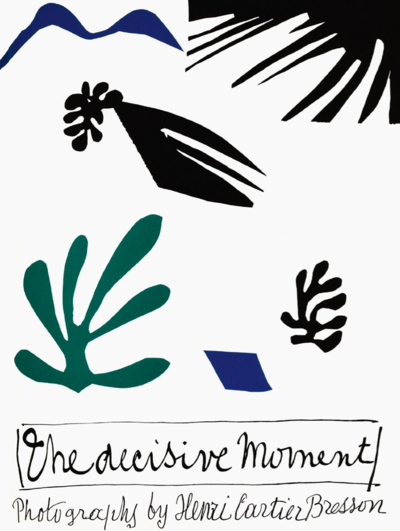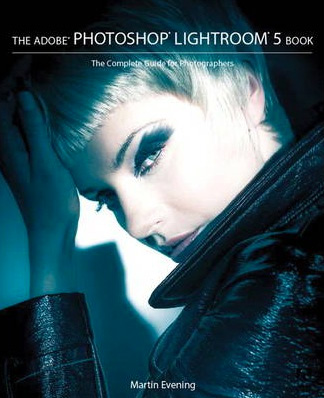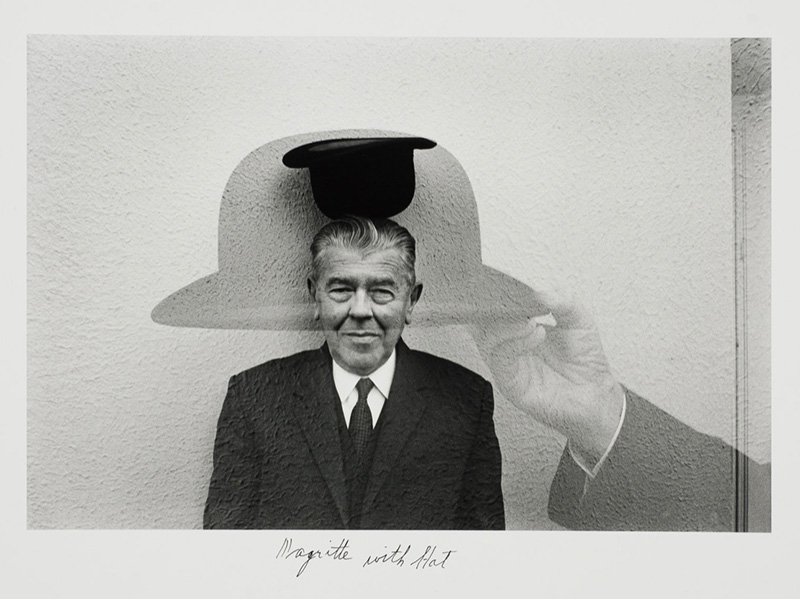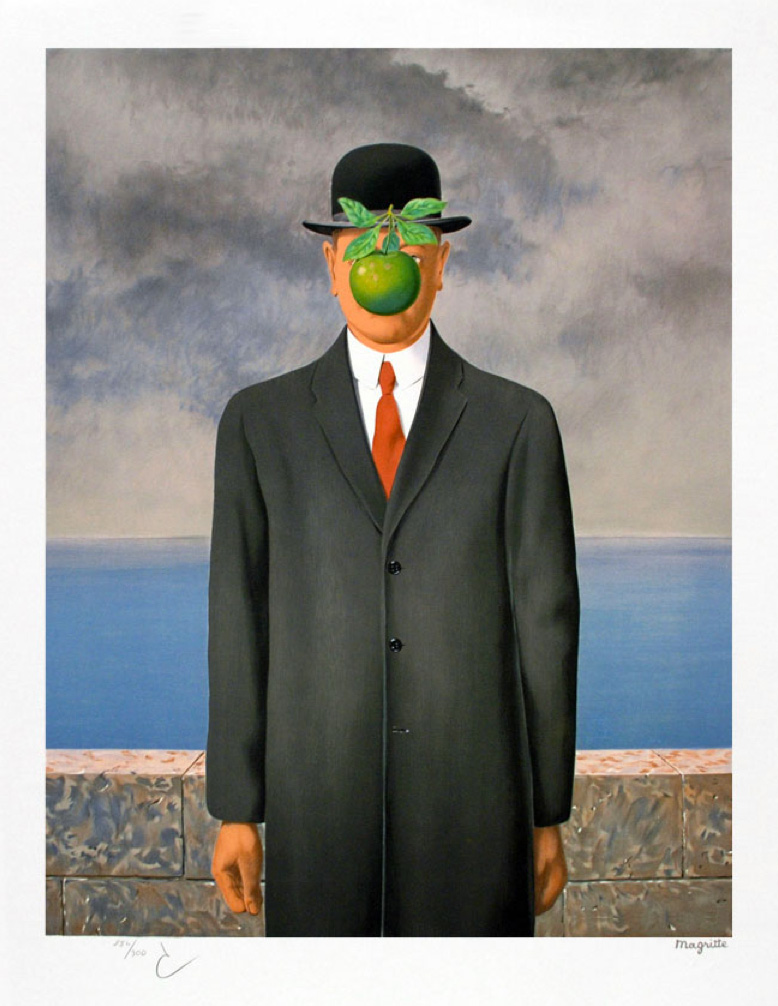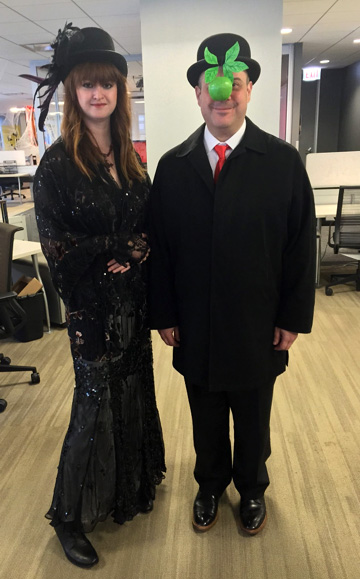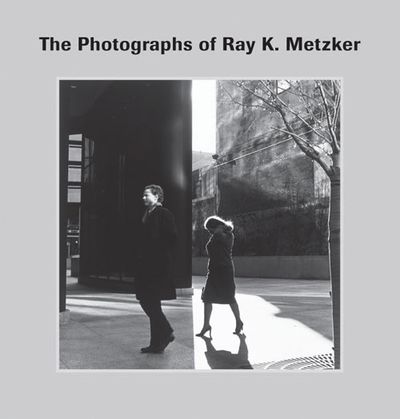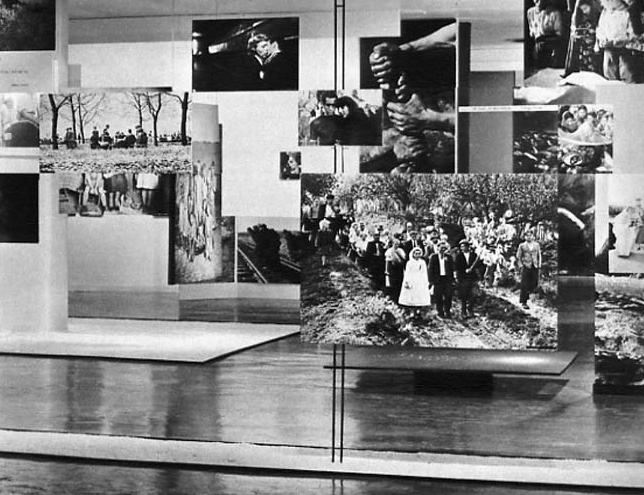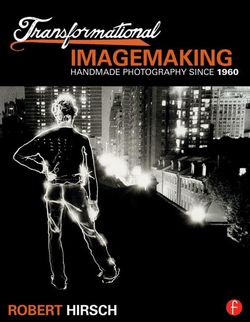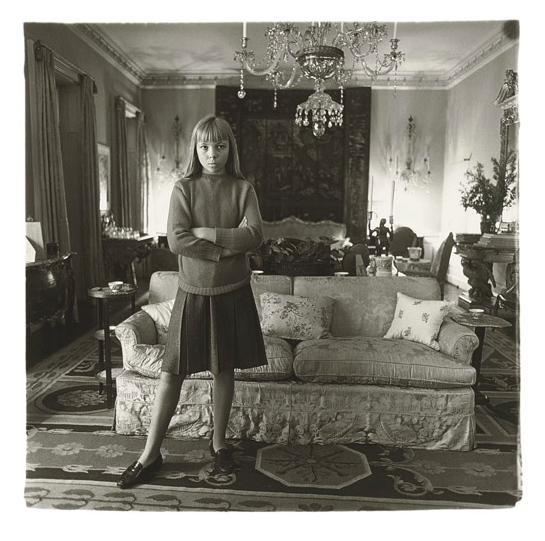 Diane Arbus, Penelope Tree in her Living Room, N.Y.C., 1962
Diane Arbus, Penelope Tree in her Living Room, N.Y.C., 1962
(This JPEG illustrates a print made later by Neil Selkirk, under the auspices of Diane Arbus's daughter Doon's administration of her estate. It was part of the Berman Collection and was auctioned at Christie's in 2008 for $15,000.)
It was my friend Jim Schley who taught me that reading a book is an event. Just because a book exists in a kind of stasis, containing all it contains unchanging and waiting with infinite patience for our attention, doesn't mean that it's not an occasion for us when we experience it. I've been so busy lately that I'm making my way very slowly through my current read, An Emergency in Slow Motion: The Inner Life of Diane Arbus , a "psychobiography" of Diane Arbus. But the book is getting better and better. It's possible that it's best to read this one very slowly, a bit at a time, because it's dense with complex insights and not easily skimmed.
, a "psychobiography" of Diane Arbus. But the book is getting better and better. It's possible that it's best to read this one very slowly, a bit at a time, because it's dense with complex insights and not easily skimmed.
One frustration is that the book is not illustrated. So the author will remind us verbally of a picture and then proceed to describe it and analyze its elements. It's frustrating, because of course you need to see the picture. So I end up illustrating the book myself by trying to find the pictures on the Internet. It leads to some odd tours of old pictures...an image search for "penelope tree" is like a short tour of '60s fashion photography, for instance. It's like reading a book that's illustrated by the photographs you need to see and then several thousand more at random.
Here's what author William Todd Schultz has to say about the picture above:
Another shot externalizing Arbus’s sense of herself as a small girl, and the feelings she was expressing with too little frequency, is 1962’ s “Penelope Tree in the Living Room.” [...] Ms. Tree, who later became a model and the ultimate sixties "It” girl, seems on the verge of violence. She’s livid, arms akimbo, bangs perfectly snipped , enraged apparently by the bad luck of being so spectacularly rich. [Penelope Tree was Arbus]—just another side. Even the biographies match to a startling degree. Tree was rich, her father a confidant of Winston Churchill, her mother an American socialite who represented the United States at the United Nations and who famously predicted for herself a life of “parties, people, and politics.” There were servants, butlers, maids, cooks, chauffeurs. Mother was never around, Father was secretly bisexual. Also like Diane, Penelope was “virtually ignored. It was a buttoned-up household; nothing was talked about.” It was “poor little rich girl,” Tree says. “It really was. It was a funny way to grow up—but the visuals were good.”
Tree was thirteen when Arbus shot her for Town & Country magazine. She can’t recall how the two came into contact. “It was torture,” she remembers, “the whole thing. Now I know why everyone in her pictures looks like they do—because they have to spend three hours with Diane Arbus staring at them.” It was a hot day in August. Tree was dressed in riding gear at one point, though in the printed shot she wears a pleated skirt and penny loafers and stands on an ornate rug just to the right of a chandelier. “Now I know what she was trying to get,” Tree continues. “Spoilt rich kid looking absolutely desperate in her native habitat.” In other words, what Arbus was trying to get once again was herself. The shot is another in a long list of examples of Arbus working hard and at great length to coerce a subject to act out a drama less her own than Arbus’s.
(Schultz, William Todd, An Emergency in Slow Motion [Kindle Locations 768–784]. Bloomsbury Publishing Plc. Kindle Edition. )
That quote is telling—"It was torture, the whole thing. Now I know why everyone in her pictures looks like they do—because they have to spend three hours with Diane Arbus staring at them."
Schultz's book, like everything I've ever read about Arbus, is ultimately unsettling. At times it gives me a sort of antsy, clammy feeling like I want to get away. Penelope Tree's quote reminds us of the surprising thing Arbus's famous subject Jack Dracula said of her after finally succumbing to her relentless pursuit: "She had no personality whatsoever."
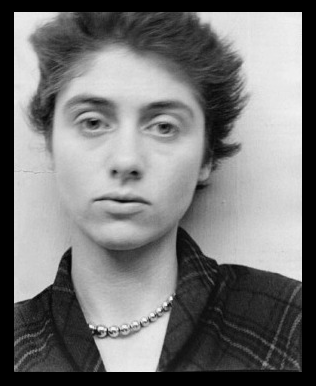
Diane Arbus in 1949 by Allan Arbus
Oddly, I almost never make it to the end of photographer biographies, although I have several dozen in my library. I'm only a quarter of the way through this one and not making much progress, so we'll see. Sure is interesting though.
Mike
Original contents copyright 2014 by Michael C. Johnston and/or the bylined author. All Rights Reserved. Links in this post may be to our affiliates; sales through affiliate links may benefit this site.
TOP's links!
(To see all the comments, click on the "Comments" link below.)
Featured Comments from:
James Sinks (partial comment): "Your closing comment rings true for me. I just cannot read 'art books' of any stripe...despite having shelves full of them. Ultimately, my problem is that I despise speculation presented with authority."
Nick Van Zanten: "I too can relate to the unfinished biography syndrome. I think for me, though, it is curiosity about the subjects' beginnings, how they became who they were. Typically, I already know how the story ends. Thanks for the book tip though, I intend to start it."
Rod Graham: "Re 'It was my friend Jim Schley who taught me that reading a book is an event.'
"To me, this was the most interesting part of this post. I don't think it's just simply an 'event.' but it is also a 'creative' activity. When I read words, I 'see' images; I guess everyone's brain works a little differently, but I have a constant flash of pictures through my head as I read. To me, these words create a unique experience created by the written words on the page.
"I used to feel that day hikes through the countryside were creative experiences—what I saw, what I felt, how it impacted me—were all unique to me and that memory 'created' something. Maybe it was only something I could appreciate and feel, but it was something in my life that wasn't there before. Is that not 'creation'? Reading a book seems to be something of the same thing—an experience that is unique to me and that wasn't there before. Am I rambling here? lol"
Mike replies: You're rambling creatively. :-)
Richard G: "I like a man who won't necessarily finish a book just because he started it. My patience for this author disappeared with his misuse of 'akimbo' for that crossed-arms posture of Miss Tree."
Mike replies: That's being a bit hard on an author, to insist that every single word be right. It may be that he was describing the picture from memory. I do that a lot, when I don't have time to laboriously go find it to refer to it directly again. Lee Friedlander has an old picture taken from a moving car of a distant outdoor wedding, which I once described as being of a funeral. It had simply been years since I saw it and my memory was wrong—what I remembered was that it was a ceremony and it was outdoors in view of the road, which more often describe funerals than weddings—it's not that I don't have eyes to see or don't know the proper word.
I can see recalling the picture at the top of the page as a posture of hands-on-hips rather than arms-crossed. The attitude could be very similar and that might be the salient feature if you were just recalling it in your mind.
Here's Penelope Tree recently, talking about her modeling career and Dick Avedon and Diane Arbus and others:
Penelope Tree from Barneys The Window on Vimeo.
s.low: "In those three hours of torture Arbus made a better portrait than all those glam photographers that photographed Penelope Tree in decades after that. And who would know Jack Dracula if Diane Arbus had not made that famous picture of him? I just came back from an exhibition of the Howard Greenberg collection in the Jewish Historical Museum in Amsterdam. The best of the best American black and white photography. Amongst all those big names for me Diane Arbus really stands out. All her images are iconic. Not only is do you recognize her work immediately as typical Arbus, but also once you have seen one of her photos you will never forget it. Locked up in your brain forever."
Nick D: "I've never liked Arbus's pictures, because I always felt (like many) that she exploited her subjects. All photographers do this to some extent but she took it to a new level. She is one of the few photographers whose work I actively dislike (as most I either love or they leave me completely unmoved) which says something about her power. The interesting thing is that the experience didn't put Penelope Tree off modeling!"
Mark Layne: "I did some work for Penelope Tree's father Ronald when he was building Sandy Lane Hotel in Barbados. Oddly enough just around 1962."
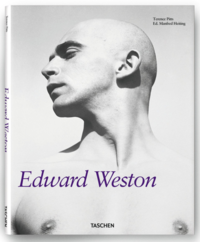 If you don't have a good volume of Edward Weston on your bookshelves—every self-respecting photo library needs at least one—Taschen's Edward Weston
If you don't have a good volume of Edward Weston on your bookshelves—every self-respecting photo library needs at least one—Taschen's Edward Weston by Terrence Pitts and Manfred Heiting costs only $12.33...and that's for a big 9.4 x 12.4-inch, 224-page book, which must rival the record ratio for great photographs per penny. I can't vouch for the repro quality, but if you don't like it, you can make yourself look magnanimous by donating your copy to a local school library and not be out more than the cost of a few Starbucks' Caffè Mistos.
